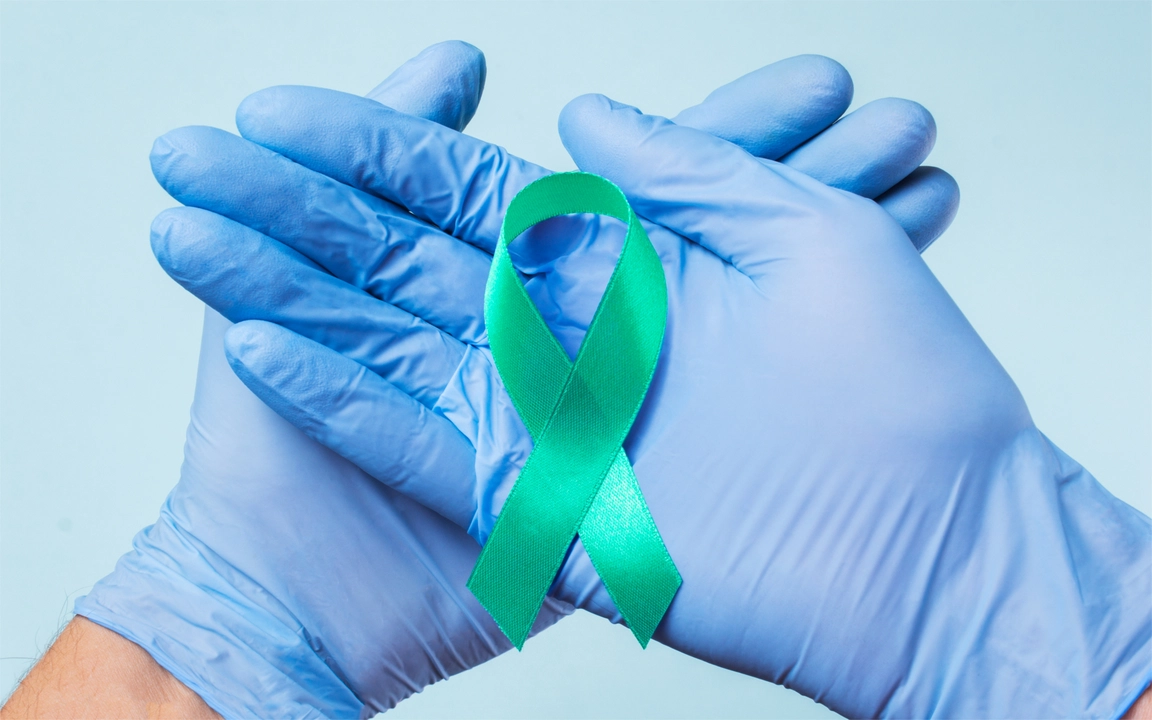Ovarian Cancer – What You Need to Know
If you or someone you love is dealing with ovarian cancer, the first thing you want is plain‑talk information. No jargon, just facts that help you understand what’s happening and what steps come next.
Ovarian cancer starts in a woman's ovaries – the small organs that release eggs each month. It can grow silently for months or even years before any sign shows up. That’s why many women hear about it only when they’re already facing a diagnosis.
Common Signs and When to Get Checked
The early symptoms often look like everyday issues, which makes them easy to ignore. Look out for persistent bloating, feeling full quickly, or unexplained weight gain in the abdomen. Pain in the lower belly or pelvis that doesn’t go away is another red flag.
Changes in bathroom habits – like needing to urinate more often or noticing blood in the stool – can also point to a problem. If any of these signs stick around for more than a few weeks, schedule an appointment with your doctor.
How Doctors Find Ovarian Cancer
The first step is usually a pelvic exam where the doctor feels the ovaries for lumps. Blood tests that check for CA‑125 levels are common because high numbers often mean something’s off, though they’re not definitive on their own.
Imaging tools like transvaginal ultrasound or CT scans give a clearer picture of any growths. If doctors suspect cancer, they’ll do a biopsy – taking a tiny tissue sample to confirm it under a microscope.
Knowing the exact stage of the disease matters because treatment plans depend on how far the cancer has spread.
Treatment Paths You Might See
Surgery is usually the first line of attack. Surgeons try to remove as much tumor tissue as possible while keeping healthy organs intact. In many cases, they’ll also take out nearby lymph nodes to check for spread.
After surgery, chemotherapy often follows. Drugs are given through a vein or directly into the abdomen to kill any remaining cancer cells. Newer options like targeted therapy focus on specific genetic changes in the tumor and can be easier on the body.
For some patients, clinical trials offer access to experimental treatments that aren’t widely available yet. Talk with your oncologist about whether a trial fits your situation.
Throughout treatment, supportive care – such as nutrition advice, pain management, and counseling – helps keep quality of life high.
Reducing Risk and Staying Informed
While you can’t control everything, a few lifestyle choices may lower risk. Maintaining a healthy weight, eating plenty of fruits and vegetables, and staying physically active are good habits.If ovarian cancer runs in your family, consider genetic testing for BRCA1 or BRCA2 mutations. Knowing your status lets doctors monitor you more closely and act fast if something shows up.
Regular check‑ups with a gynecologist are the best way to catch changes early. Even if you feel fine, an annual exam can spot problems before they grow.
Facing ovarian cancer is tough, but having clear, practical info makes it easier to navigate the road ahead. Keep asking questions, stay on top of appointments, and lean on support networks – they’re there to help you every step of the way.
Ovarian Cancer Awareness Month: How You Can Make a Difference
September is Ovarian Cancer Awareness Month, and it's the perfect time for us to come together and make a difference in the fight against this silent killer. By educating ourselves and others about the signs and symptoms, we can help save lives through early detection. Additionally, supporting research and advocacy organizations is crucial in the ongoing battle against ovarian cancer. Let's also take this opportunity to honor survivors and remember those we've lost to this disease. Together, we can raise awareness and create lasting change for the countless women affected by ovarian cancer.
read more

